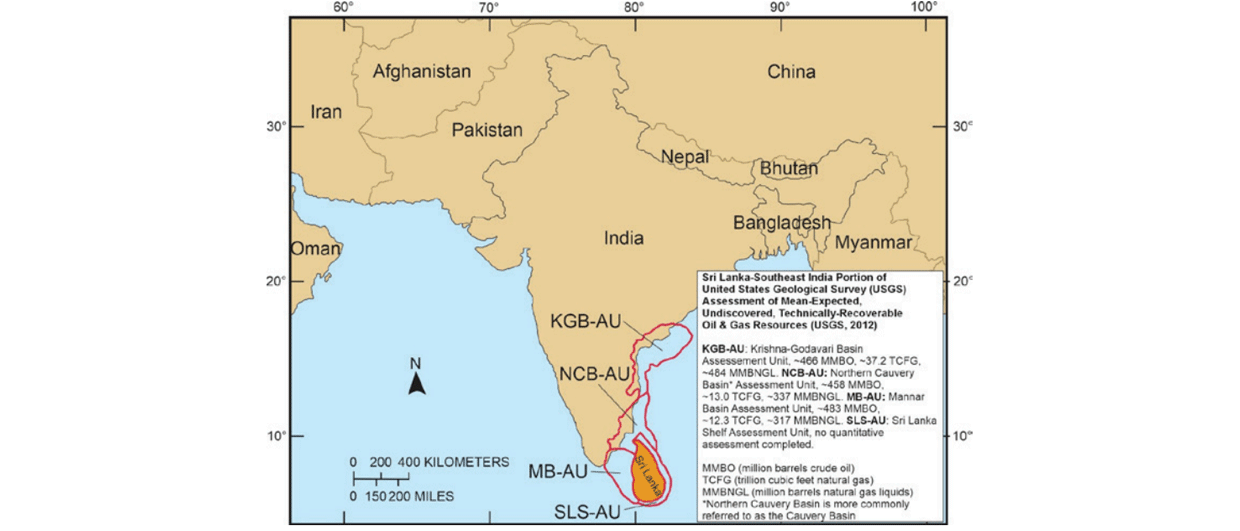The U.S. Geological Survey’s 2008 assessment of the U.S. portion of the Williston Basin estimates mean undiscovered resources of 3.844 Bbo and 3.705 Tcfg (705 Bboe) for the Williston Basin Province. Their report says that “Most of the undiscovered oil resource is within the Bakken Formation as a continuous reservoir with a mean of 3.645 Bbo”. This estimate does not even account for a large portion of the play that lies to the north in Canada.
The Devonian-Carboniferous Bakken Formation has been long regarded as an excellent source rock but not a legitimate drilling target until the first horizontal well was completed at Elm Coulee in 2000. It has taken many wells and a lot of experience to make the play economic in this very tight, thin (generally less than 22 m thick) middle member of the Bakken. Horizontal drilling with lateral lengths over 2,700 m and multistage fracturing have made economic production possible. Wells are currently producing an average of 1,500 bopd from porosity stringers in the middle Bakken member.
North Dakota’s oil production is now at the highest levels in their history (62.8 MMbo in 2008 [172,000 bopd] and over 50 MMbo through August, 2009) due to the success of the Bakken. While companies operating there continue to focus on the Bakken, the underlying Three Forks Formation/Sanish sand play could “eventually equal the Bakken,” according to Lynn Helms, Director of the State Department of Mineral Resources. “Recent production results from 103 newly tapped wells in the Three Forks-Sanish Formations show many that are as good, or better, than some of their Bakken wells,” he says.
“The Elm Coulee discovery of Bakken Formation production in eastern Montana is spreading across the 780,000 km² Williston Basin into North Dakota and into the Canadian provinces of Manitoba and Saskatchewan.
Further north in Saskatchewan, the Bakken has been fueling an exploration boom since 2005. Their first middle Bakken discovery was in southeastern Saskatchewan in 1956. The first modern commercially successful Bakken wells were drilled by Bison Resources Ltd. at the Viewfield in 2004.
“There are over 1,506 wells currently producing from the Bakken, most drilled since 2005. Total Bakken production through May, 2009, is nearly 40 MMbo. The boom has also affected the sale of Crown Mineral Leases, jumping nearly 3-fold in 2008 from the previous year which also showed record sales,” according to Erik Nickel, the Senior Research Petroleum Geologist with the Saskatchewan Ministry of Energy and Resources.
Companies operating there are expecting 15% to 19% recovery of a total resource that could exceed 100 Bbo. The Three Forks Formation (called the Torquay Formation) play is also being actively pursued.
Bakken production and drilling in Manitoba is booming as well. According to Michelle Nicolas, a Petroleum and Phanerozoic Geologist with the Manitoba Geological Survey, “Most modern production is from the commingled middle Bakken and Three Forks formations. The Three Forks is the dominant oil producer. Rather than a continuous type reservoir, oil is found in more conventional traps with four fields producing from the Three Forks and over 1,050 producing wells. The largest, the Sinclair Field, has proven and probable reserves estimated at 6.8 MMm³ (43 MMbo) with the current production at 11,067 bopd or about 48% of Manitoba’s total production.”
This huge oil resource is being discovered in a basin thought by most to be nearly completely explored. Serious attempts to find oil started in the Williston Basin in 1924 with the first major discovery in 1951. It is one of the most heavily explored areas in the U. S. and had been written off by most oil companies. Canada is no different. “This is all happening in an area thought to be ‘drilled out’. Many had written southeast Saskatchewan off as a mature Mississippian oil play before the Bakken was re-worked.” says Erik Nickel.
“Since the USGS 2008 assessment, frac technology has advanced and, combined with the potential of the Three Forks Formation, I believe their assessment is greatly understated,” says Richard Findley, the independent geologist that discovered Elm Coulee.
Stay tuned!




